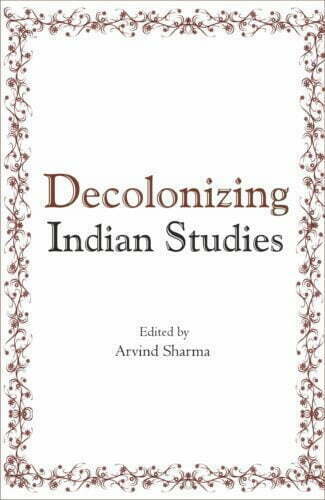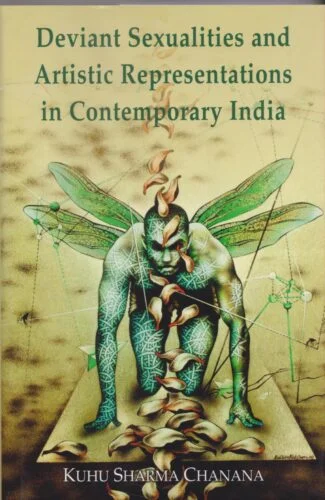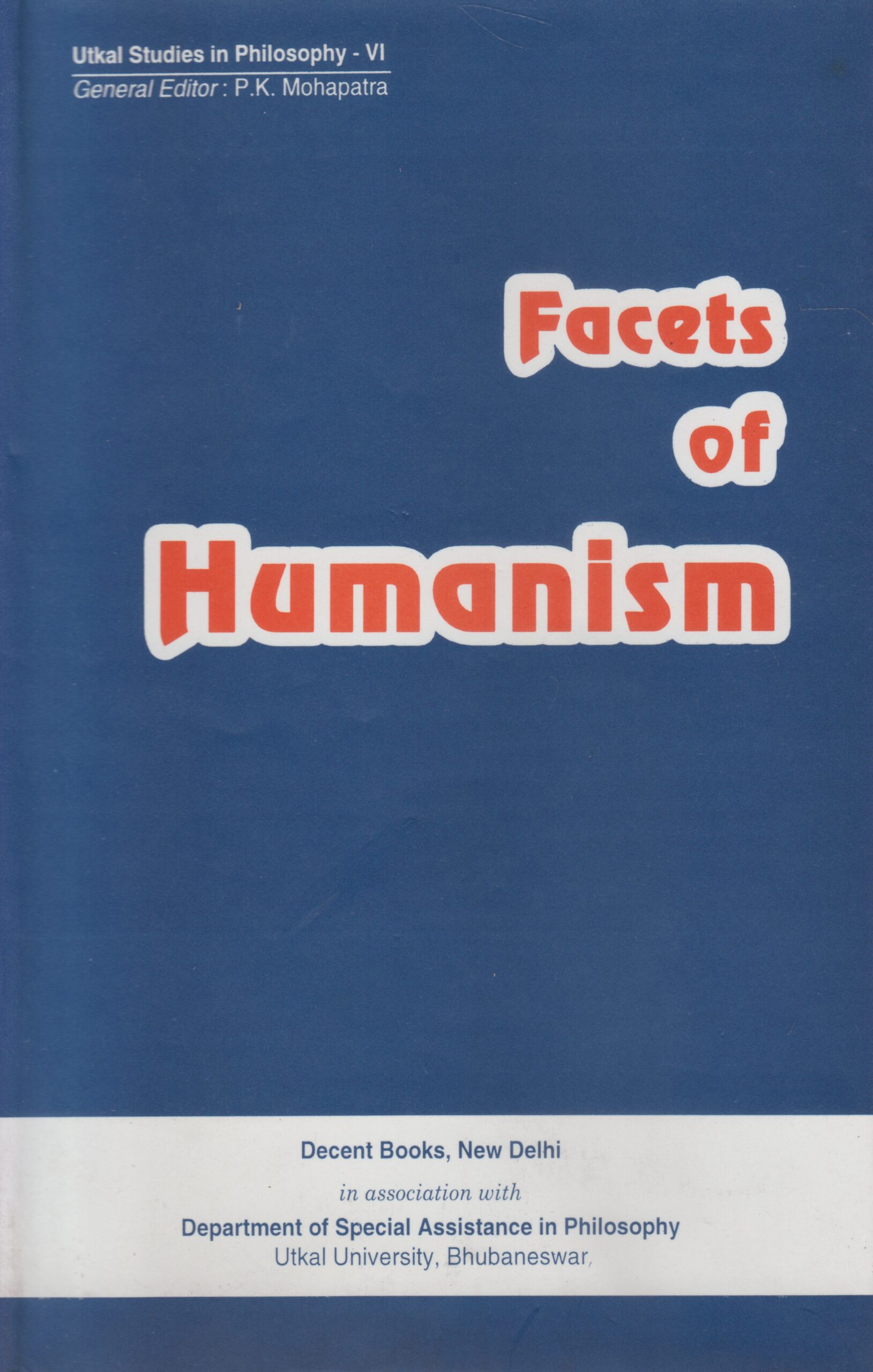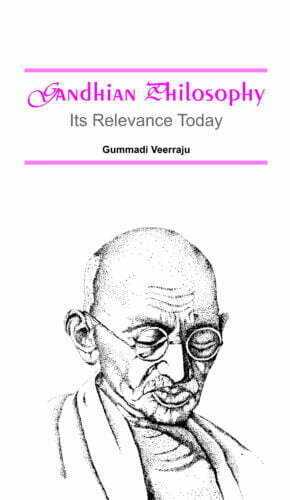Showing 1–12 of 38 results

The book delves deep into all aspects of bilateral relationship between India and Korea on commercial, cultural, economic, educational, historic, language and literature, political, science and technology, and trade. Taking a cue from the socio-economic growth of Korea, it suggests to move up India in its economic ladder to lead Asia from the front.
This volume is comprised of the proceedings of an international conference on IndiaKorea Relations: Past and Present, dealing with India’s relationship with Korea since ce 48. While Buddhism was the amblical cord of Indian relationship with Korea in the first millennium, the end of Cold War has helped to scale up their relations to a new league. Complimenting their bilateral relationship are the Look East Policy of India and the New Asia Initiative of Korea.
These economic giants of Asia have many things in common to share, give and take in the post-colonial era. The rag to richess story of the miracle on the Han River gives impetus to India’s surge in the economic front. From a hermit-kingdom image, Korea now stands tall among the Asian countries with its rapid socio-economic progress and a per capita income of US $ 22,000. Its advancements in education, science and technology, and defence deserve kudos.
The book thus delves deep into all aspects of bilateral relationship commercial, cultural, economic, educational, historic, language and literature, political, science and technology, and trade. Both the countries have experienced drastic economic progress, increase in trade volumes, Korean corporates investing in India vis-
-vis Indian companies in Korea. A target-trading volume of US $ 40 billion by the year 2015 tells a vibrant story. Also, both are committed in making Asia the most happening region.
The book provides a graphic account of all these developments, shedding light on India’s low per capita income of US $ 1,219 and suggesting to put her acts together, to lead Asia from the front.

This volume takes up crucial problems faced by the old, suggests ways to address them and discusses the future scenario by viewing ageing and the aged in the context of increasing modernisation. The papers deal with intergenerational problems of the old, the environments effect on them and their nutritional status and health problems.
The old and aged in a society represent the bedrock of its existence: symbolising the past. They are the carriers of tradition, values and experience, the guiding light for the young without whom society is not total and lose its stability. And progress that a society makes, culturally and morally, is reflected in the way it treats its aged. This volume, comprising presentations at a national seminar on issues of ageing of current importance, takes up crucial problems faced by the old, suggests ways to address them and discusses the future scenario viewing ageing and the aged in the context of increasing modernisation. The well-researched papers, reflecting clarity in thought and language, deal with aspects like inter-generational problems of the old, the environments effect on them and their nutritional status and health problems. They examine how the age-old institution of the family and the newly-evolved concept of the old-age home cater to the needs and comforts of the elderly persons, with investigations into care of the aged in specific homes and institutions. They also focus specially on the plight of the poor aged and old women who are debilitated by the social environment and conditions as well. They study the priorities of action where the welfare of the aged is concerned, reviewing policies and programmes in operation including the National Policy for Welfare of the aged. The book would prove invaluable to scholars of gerontology and sociologists and be of interest to general readers as well.

This book delves into the contribution of feminist thinkers to examine their transformation of the activity of philosophy itself in the course of its contact with the feminine. Feminist philosophy brings about a greater awareness of philosophy’s relation to history, culture and other disciplines. There exists a struggle between femininity and feminism in the philosophical corpus of feminist thinkers with reference to the concept of care.
This book engages with the contribution of feminist thinkers to examine their transformation of the activity of philosophy itself in the course of its contact with the feminine. It also portrays how the feminist philosophy brings about a greater awareness of philosophy’s relation to history, culture and other disciplines. The author vividly puts into limelight the struggle between femininity and feminism in the philosophical corpus of feminist thinkers with reference to the concept of care. She takes pioneering feminism during the colonial period as its starting point and moves to its second wave during the post-colonial period to examine the trajectory of the concept of care.
Women do not form a homogeneous category. Therefore, this volume explores the extent to which Ramabai, Wollstonecraft, Okin, Gilligan and de Beauvoir can dialogue with the contemporary women. The relationship between these thinkers and their arguments is conceptually connected. The book addresses a few questions such as what is femininity, can one define feminine at all, how does a feminist feminine differ from a patriarchal feminine, can male philosophical frameworks be employed in feminist directions, among others.
The book also investigates the shifts from the colonial to post-colonial periods in the feminist approaches to care. It examines the possibility of integrating feminine care with the political concepts of justice and autonomy. An added task of intervening in the conceptual categories of Western feminism in an attempt to blur the strict binary between the Indian and Western traditions, is also explored.

This book talks about the vision of our cultural thought-leaders like Ananda Coomaraswamy, Sri Aurobindo, Swami Vivekananda, Sister Nivedita, John Woodroffe, Syamaprasad Mookerjee and K.M. Munshi in making India a culturally strong nation. They remind us of our unique past and time-tested virtues and values, and the criticality of sustaining them while being modern in many ways
Barring the political agenda, the vital forces associated with India’s nationalist movement were moral, literary and artistic. Many cultural protagonists were vocal in saying that the regeneration of our society could happen through the revival of our arts and culture, not by politics and economics alone. This impulse was quite visible in cultural thought-leaders like Ananda Coomaraswamy, Sri Aurobindo, Swami Vivekananda, Sister Nivedita, John Woodroffe, Syamaprasad Mookerjee, K.M. Munshi and Jawaharlal Nehru. Rabindranath Tagore made a strong case for developing a complete and moving orb of Indian culture.
This book delves deep into the vision of these thought-leaders in making India a culturally strong nation, and warns us in different ways against becoming insularly modern. These personalities remind us of our unique past and time-tested virtues and values, and the criticality of sustaining them while being modern in many ways. They exult in our past and call upon us to be the torch-bearers of this legacy.
This volume, while doing an in-depth study of these Indian cultural activists, laments on the lackadaisical attitude of the leaders of Independent India in maintaining and promoting our art forms and long-revered culture. A renewed effort in rejuvenating our culture is the need of the hour, especially when its moorings seem to be loosening and its symbols diluting. It is an irony to call for the recognition of Indian culture in India!

This book talks about the vision of our cultural thought-leaders like Ananda Coomaraswamy, Sri Aurobindo, Swami Vivekananda, Sister Nivedita, John Woodroffe, Syamaprasad Mookerjee and K.M. Munshi in making India a culturally strong nation. They remind us of our unique past and time-tested virtues and values, and the criticality of sustaining them while being modern in many ways
Barring the political agenda, the vital forces associated with India’s nationalist movement were moral, literary and artistic. Many cultural protagonists were vocal in saying that the regeneration of our society could happen through the revival of our arts and culture, not by politics and economics alone. This impulse was quite visible in cultural thought-leaders like Ananda Coomaraswamy, Sri Aurobindo, Swami Vivekananda, Sister Nivedita, John Woodroffe, Syamaprasad Mookerjee, K.M. Munshi and Jawaharlal Nehru. Rabindranath Tagore made a strong case for developing a complete and moving orb of Indian culture.
This book delves deep into the vision of these thought-leaders in making India a culturally strong nation, and warns us in different ways against becoming insularly modern. These personalities remind us of our unique past and time-tested virtues and values, and the criticality of sustaining them while being modern in many ways. They exult in our past and call upon us to be the torch-bearers of this legacy.
This volume, while doing an in-depth study of these Indian cultural activists, laments on the lackadaisical attitude of the leaders of Independent India in maintaining and promoting our art forms and long-revered culture. A renewed effort in rejuvenating our culture is the need of the hour, especially when its moorings seem to be loosening and its symbols diluting. It is an irony to call for the recognition of Indian culture in India!

Indian academic self-understanding of the day is highly influenced and mediated by the Western culture and its understanding of Indian civilization. The political agenda of the colonizer has overshadowed the legitimacy of Indias history and culture. This development poses numerous doubts about its authenticity and credibility. This volume addresses this and many a related issue.
The present Indian academic self-understanding of its history and culture is largely Western in origin. This Western intellectual enterprise, however, went hand in hand with a Western political enterprise, i.e. the colonization of India. This raises the question: To what extent, if any, did the two developments influence each other? It also raises another question: To what extent did Wests cultural presuppositions influence its understanding of Indian civilization?
The central epistemological issue which these questions raise is the following: What significance does the fact that the self-understanding of a culture is mediated by that of another culture, over which it was culturally and politically dominant, possess for the votaries of the culture whose self-understanding has thus been mediated in this fashion?
This question is not merely of historical but also of contemporary interest, for in an increasingly globalizing world, in which power is unevenly distributed at various levels, the self-understanding of all cultures is likely to be influenced by how they are being presented by other cultures. Furthermore, in such a world, shifting political alliances may generate new intellectual configurations, whose legitimacy may require constant examination. The essays in this book address these and similar issues.

This work focuses on the various facets of queer activism, using different art forms like cinema, photography and literature to lay bare the queer and spatial politics of contemporary India. The key issues that have been explored through this book are necropolitics, issues surrounding sex-reassignment surgery (SRS), trans-feminism, trans-misogyny, translation of the queer geographies including deathscapes, AIDs citizenship and queer flânerie.
Representation of non-normative sexualities is still a tantalizing dream in India, even within the oblique and supposedly more liberal platforms like art and literature. Catering to this need, this study focuses on the exploration of the deviant sexualities in cinema, photography and literature, specially in the Indian context. Unfortunately, even within the queer artistic explorations, hijras have not been much represented and therefore the first part of the book aims to excavate the multiplicity of the transgender lives by analysing various art forms, having transgender cinema and hijra photographic series as the major thrust areas. These tales of plain subjugation hide convoluted issues like necropolitics, overlap among sports, gender identity and nationalism, crazy-queen syndrome, pansexuality, transfeminism and transmisogyny.
The second part of this book deals with the contemporary gay and lesbian literature and how a specific kind of spatial appropriation is visible there. Through these artistic works, there is an attempt to excavate the specific Indian queer spatial experiences which are quite different from the visibility-centric coming out narratives of the West. As opposed to perceiving invisibility only as a monolithic technique of erasure, these works demonstrate that secrecy and camouflage are also strategies to combat the insidious effects of homophobia. And since Indian spatial configuration produces many homosocial spaces, the unique coexistence of homo and hetero desires is a specific feature of Indian ethos. Thus, the mutually symbiotic relationship between art and emancipatory politics is quite evident from the detailed discussion on various art forms that depict queer lives. The key issues that have been explored through this book are necropolitics, issues surrounding sex-reassignment surgery (SRS), transfeminism, exploration of queer geographies including death scapes, AIDs citizenship and queer flânerie. It indubitably legitimizes somewhat the role of art in queer politics at a fundamental level.

ßEconomics and Natureû is a versatile attempt at analysing the present-day global economic scenario in the backdrop of time-tested economic theories and ancient thought. While focusing on issues that have resulted in economic quagmire, the book attempts to provide veritable solutions.
The book, adopting a fresh approach, addresses the economic travails in the contemporary global scenario and presents a search for solutions to the economic quagmire based on arguments relying on common sense and understanding of human nature. It analyses the views of thinkers and economists including Kautilya of the ancient India, ideas of John Maynard Keynes and Milton Friedman, and other highly acclaimed economic theories to discuss ideal economic concepts. Looking at the past for economic wisdom and taking clue from the laws of nature which ensures that imbalances do not persist for long, the articles in the volume deal with matters of deep concern in the present-day global economic scenario and ways to address them. The volume, informative, interesting and insightful, is bound to be useful to economists as well as general readers.

ßEconomics and Natureû is a versatile attempt at analysing the present-day global economic scenario in the backdrop of time-tested economic theories and ancient thought. While focusing on issues that have resulted in economic quagmire, the book attempts to provide veritable solutions.
The book, adopting a fresh approach, addresses the economic travails in the contemporary global scenario and presents a search for solutions to the economic quagmire based on arguments relying on common sense and understanding of human nature. It analyses the views of thinkers and economists including Kautilya of the ancient India, ideas of John Maynard Keynes and Milton Friedman, and other highly acclaimed economic theories to discuss ideal economic concepts. Looking at the past for economic wisdom and taking clue from the laws of nature which ensures that imbalances do not persist for long, the articles in the volume deal with matters of deep concern in the present-day global economic scenario and ways to address them. The volume, informative, interesting and insightful, is bound to be useful to economists as well as general readers.

The book is a meticulous research work based on field study that delves deep into the need for the empowerment of the aged while analysing the factors that lead to disempowerment in the old age as also the social role of old-age homes in mitigating the difficulties of the aged.
The book emphasises on a deeper understanding of ageing in the society of today, viewing it as a precarious process, both at the individual and at the societal level. It takes into consideration the position of the aged within the family and in the society, and the changes that have come about over the last few decades. Effects of globalization, break-up of the joint-family system, and the growing materialism and commercialization of society make the elderly viewed only from the ßeconomicû perspective.
The book examines certain theories on gerontology, pointing out that the workable theories should focus more on application so that the aged can benefit from such theories. It analyses the literature on the old: how different scholars and specialists have viewed ageing and its different aspects like the impact of genetic influences and the environment on ageing. Based on a field study, involving elderly from all castes and religious groups both in urban and rural areas, it delves deep into the need for empowerment of the aged. It argues that religion, community and the institutional stay have a direct correlation with the empowerment and disempowerment process, which has more impact on the upper than the lower castes. It undertakes case studies and comes up with interesting and significant observation. Personal income is considered the main source of empowerment. It significantly views institutional care of the old in the context of empowerment and disempowerment, analysing factors that force the old to choose to live in the old-age homes.
The volume is a meticulous research work that will prove extremely relevant to scholars and students as a sociological study on ageing and the elderly especially in the Indian context.

This book focuses on the proper analysis and understanding of humanism and its implications on, and applicability to, the present social scenario. It discusses suitable models of humanism for effective social structuring.
When the humanistic world view had its beginning in Protagorass declaration that man is the measure of things, it was very soon condemned as a subjective, individualistic doctrine without being understood. Yet, since the importance of humanism in the making of a meaningful, value-based society can never be overlooked, humanistic ideals kept trickling in over the years in both Western and Indian philosophical speculations; and it came to be increasingly realised that nothing unhuman can be of interest to man and nothing human can be alien to human thinking. However, humanism now-a-days has become somewhat of a cliche, so much so that almost everybody engaged in some sort of intellectual exercise claims to be a humanist. What is required, therefore, is proper analysis and understanding of humanism and its implications on, and applicability to, the present social scenario. With this objective, this book has focussed on the various aspects of humanism and the authors have attempted to carve out suitable models thereof for effective social structuring and nation building. Readers will benefit by the indepth analyses of the concept in its multifarious dimensions and its application to various aspects of intellectual discourse. Facets of Humanism will be of immense use to students and researchers in philosophy and the social sciences.

Retrieving a range of Gandhis social, economic, moral, spiritual, cultural and political ideas from various sources, this work gauges the relevance of Gandhi and Gandhism in the dehumanized, fragmented world of moral decay and unbridled consumerism.
Gandhi (1869-1948) held no political office. Yet he could arouse the conscience of an entire subcontinent! A lean, frail, half-naked fakir armed with a wooden staff and simple dignity of a human being, he fought against the greatest empire, the world has known. It was just the moral grandeur of his soul which enabled him to fight against brute power, in any form, even vanquish it. Generations to come will scarce believe that such a one as this in flesh and blood walked upon this earth, said Professor Einstein of him. A saint, social activist and political philosopher, unlike any other known in the twentieth century, Mohandas Karamchand Gandhi held out a message which, based on a series of his experiments with truth, touched upon every domain of human life: social, economic, moral/spiritual, cultural, political. Retrieving a range of these ideas from a variety of sources, this book tries afresh to gauge how far Gandhi and Gandhism are relevant in this dehumanized, fragmented world, perched dangerously on stockpiles of all-devastating arsenal; or in this age of distrust, moral decay and unbridled consumerism; or yet again when seen against todays aggressive/retaliatory attitudes, or against the growing cult of violence. The book is not just a revalidation of Gandhian philosophy, but a reminder as well, suggesting how in his abiding solutions alone: with their eloquent underpinnings of truth, non-violence and service of humanity, lies the hope for mankind in this conflict-ridden world.
| There are no products |